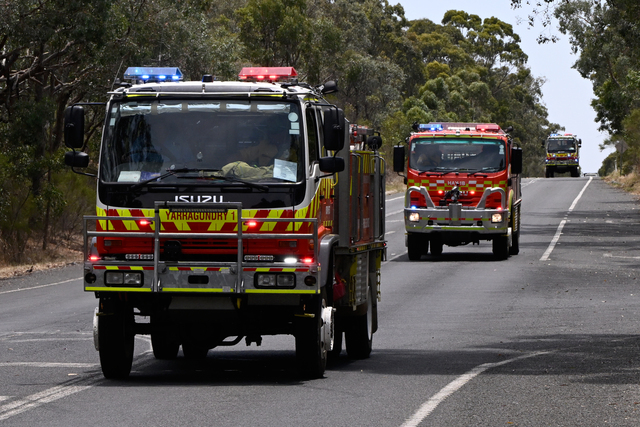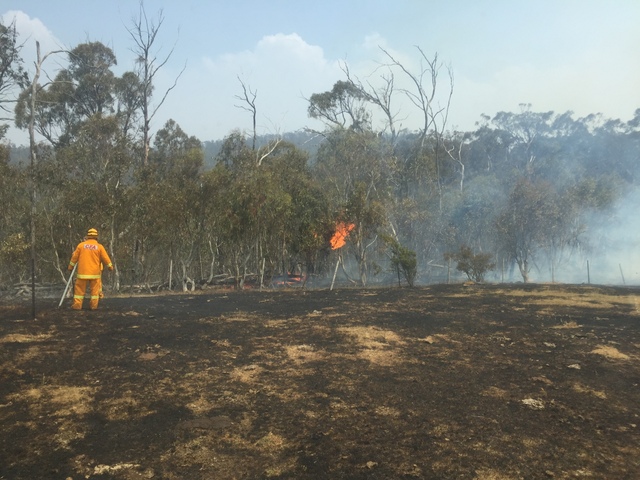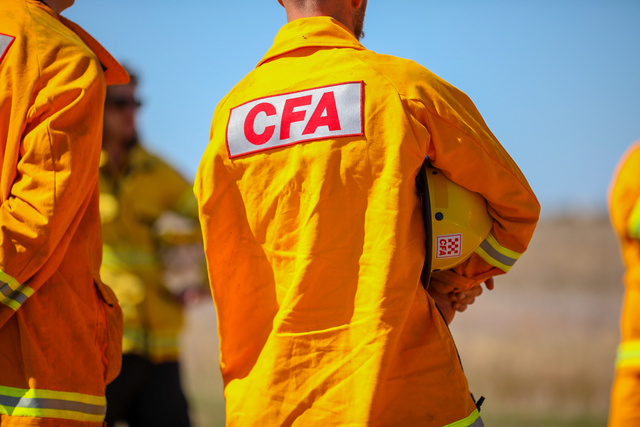MILDURA Airport welcomed an extra 35,200 passengers in the year to April compared to the previous 12 months.
Data from the Bureau of Infrastructure and Transport Research Economics counted 236,300 air passenger movements in Mildura during the period, at an average rate of about 21,000 passengers a month.
The jump in travellers meant Mildura Airport surpassed Mount Isa Airport to become the 23rd most visited regional airport in Australia.
Mildura Airport chief executive Trevor Willcock said he expects the upwards trend to continue.
“It’s all the usual factors,” he said. “Mildura is a growing region, it’s a very successful agricultural and tourism region and as a result of that we saw an uptake in air travel.
”We had the same schedule prior to the pandemic, we had between 20 and 24 commercial flights a day and that’s just continued.
“As things have improved again, we’ve gone back to where we used to be, we’re quite capable of handling that and a lot more.”
Notably, Bonza entered voluntary administration at the end of the surveyed period.
Mr Willcock said while Bonza did contribute to a big increase in passengers to and from Mildura, he expects an upwards trend of Mildura Airport users to continue.
“There’s other airlines that will step into Bonza’s void and hopefully pick up new routes,” he said.
“We’d love to see another route into Queensland and I am working pretty hard on making that happen.”
The Mildura terminal is able to accommodate 350,000 passengers per annum, and expansion is on the cards, as per a recently released Mildura Airport Master Plan.
“We’re expecting that within the next 10 to 20 years our passenger numbers will exceed half a million,” Mr Willcock said.
“So expanding the terminal and expanding the car park facilities will all happen in the next 10 to 15 years.”
During the surveyed period, the Melbourne-Mildura flight route became the 48th most flown route in Australia, which 176,900 passengers made use of.
There was an average of 414 trips on the route per month, and 73.8 per cent of the available seats were sold.
Increased patronage on the route saw it become the fastest growing commercial flight route in Australia during the period.







